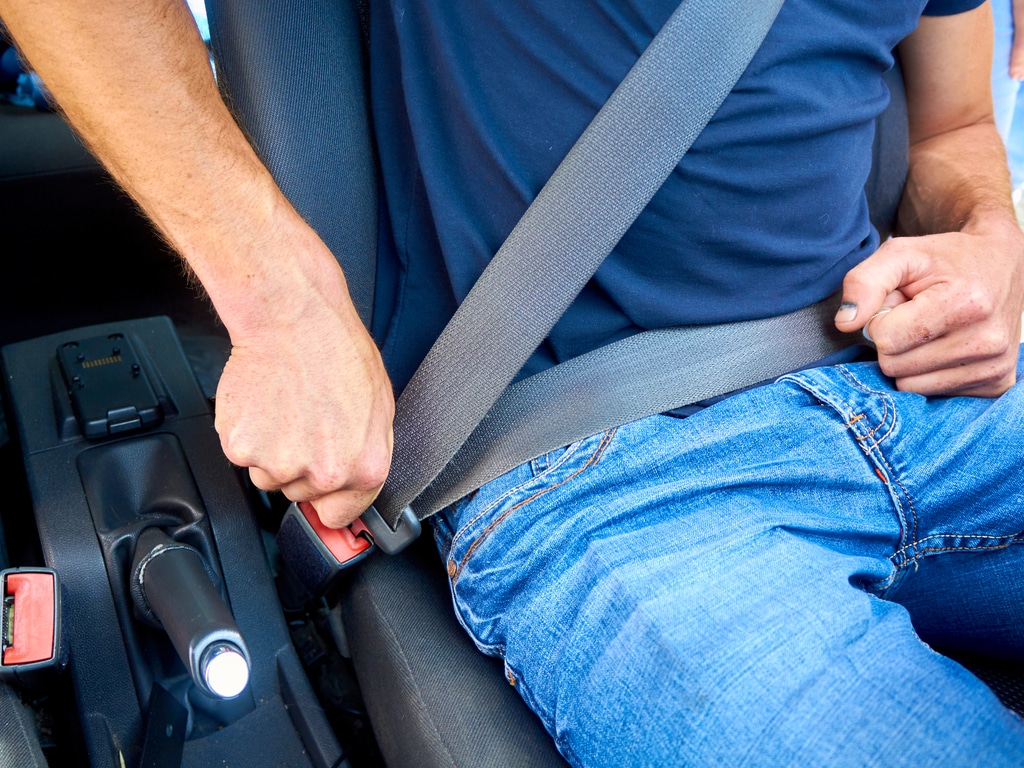
Get legal help now, call for your FREE consultation.
Do you have pain and numbness in your back that radiates from the buttocks down your leg? Back injuries are common after a car accident.
Herniating or bulging discs in the lumbar spine is a condition caused by seat belt trauma. When this happens, the disc presses against nerves in the spine resulting in compression and inflammation of the sciatic nerve.
Sciatic nerve pain and herniated discs need immediate attention and treatment.
The force from a sudden stop is enough to break bones.
Skeletal injuries include fractures to the sternum, ribs, and clavicle. Although not usually life-threatening, if left untreated, fractures can cause more problems if left untreated.
Your sternum is directly over your heart and lungs and an untreated break can puncture these organs.
The most common soft tissue damage due to seat belts occurs in the shoulders and neck. Tendons and muscle fibers tear causing severe pain.
Whiplash is the most common form of soft tissue damage from rear-end collisions when your head is thrown backward and forward. Each year, 2 million Americans suffer from whiplash.
Symptoms of whiplash include:
Physical therapy is an option, depending on the severity of the damage. If not treated, soft tissue damage leads to decreased mobility. It’s easier to treat the damage as soon as possible rather than waiting weeks or months.
In a minor accident, light bruising and scrapes are not something to worry about. Serious accidents cause much more damage.
Open wounds caused by friction from a seat belt cause infection without treatment. Sometimes abrasions and bruising means there may be an internal injury that needs immediate care.
Vascular injuries are not as common but thoracic aortic tears have happened in forceful impacts.
Aortic injures occur when a collision is strong enough that the shoulder strap of the seat belt causes a tear.
Sometimes it’s not obvious when you’re injured and symptoms show up days or weeks later. Look for these symptoms after an auto accident:
Seat belts save us from becoming flying projectiles in an accident but there’s no guarantee you’ll walk away without a scratch.
Were you involved in an auto accident and suffer from seat belt injuries? Call 1-800-897-8440 to find an experienced auto injury doctor near you and get the treatment you need.
Find A Doctor | New York Doctors | New Jersey Doctors | Connecticut Doctors
Medical Services | Conditions Treated | Insurance | Contact Us | Privacy Policy | Site Map | Terms of Service | Blog | Advertising
This site does not provide or endorse any medical or legal advice. All medical practices listed on this site are independently owned and operated by licensed physicians. Learn more
Copyright © var currentYear = new Date().getFullYear();document.write(currentYear); Injured Call Today. All Rights Reserved.
